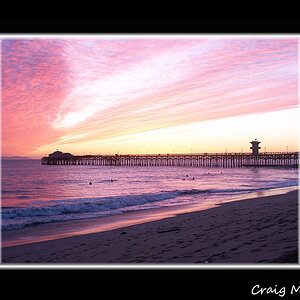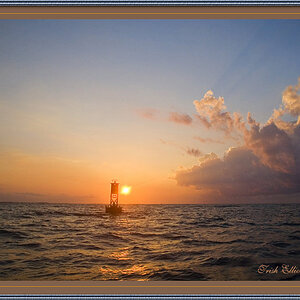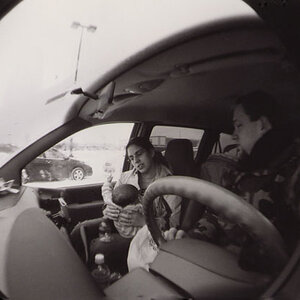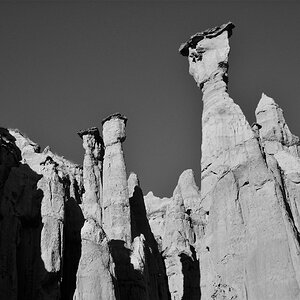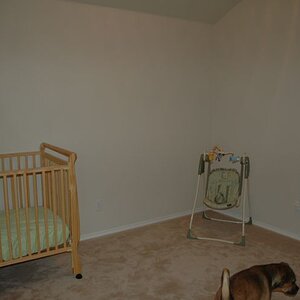TonyUSA
No longer a newbie, moving up!
- Joined
- Jul 29, 2015
- Messages
- 456
- Reaction score
- 59
- Location
- USA
- Can others edit my Photos
- Photos OK to edit
I have to say Canon 200mm f/2 is my dream lens. I believe the latest one is f/2.
Wondering, would it be a huge difference in bokeh between f/1.8 and f/2.
Thank you,
Edit: I should say, would it be a huge difference in bokeh, depth of the field, pop, and separation between f/1.8 and f/2.
Wondering, would it be a huge difference in bokeh between f/1.8 and f/2.
Thank you,
Edit: I should say, would it be a huge difference in bokeh, depth of the field, pop, and separation between f/1.8 and f/2.
Last edited:





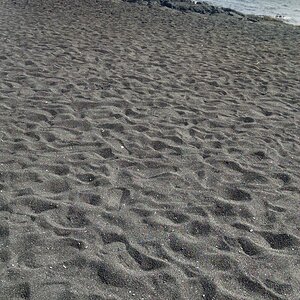
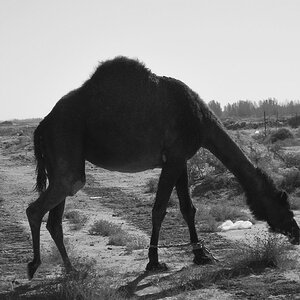
![[No title]](/data/xfmg/thumbnail/32/32926-ec27ecead8c80d803404500d8f888dbf.jpg?1619735754)

